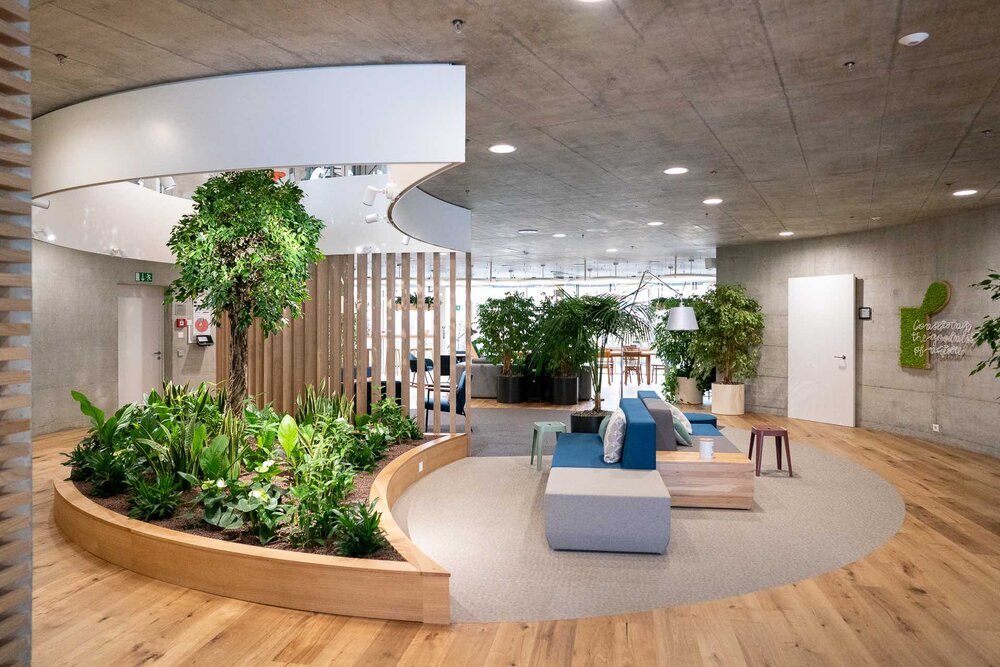Introduction
Sustainability is now the guide to several sectors, especially the commercial interior designing business. Thanks to climate change and the scarcity of natural resources, the aspect of sustainability in commercial interior design is crucial. In this blog, the writer will explain the need to have sustainability in this field and the gains that stakeholders and the environment will reap.
Responsible Citizenship
This is probably one of the most justifiable reasons for integrating sustainable designs when it comes to the commercial interiors. Business spaces in particular are one among the major contributors to carbon emissions, fossil utilisation and other important assets. Sustainable design on the other hand tries to minimise this impact by inclusion of environmentally sensitive materials, energy and waste.
One can apply recycled, reclaimed or renewable products during the designing process hence reducing the amount of raw materials to be produced discouraging the production of new raw materials that may harm the environment. Furthermore, the efficient use of lighting, heating, and cooling also reduce the usage of energy hence less emission, and the costs of conducting the activities reduces in the long run.
Health and Well-being
Sustainable design is not mainly concerned with the preservation of the earth’s natural resources; it also cares for those who use it. Sustainability involving the interiors of the commercial buildings results in better indoor air quality and the use of natural resources and ergonomics. This thus results in a positive impact on the levels of employee output, morale and health.
For example, low-VOC paints and finishes are used instead of high-VOC ones because emissions from the last ones decrease air quality. The use of indoor plants and natural materials are some of the biophilic features that may help in lowering levels of stress and positively affect mental health. In a time where corporate umbrella and staff’s welfare constitute significant issues, sustainable design can be crucial for emerging organisations.
Cost Savings
Any sustainability means also cost control, and vice versa. Thus, although some of the SMTs may require more extensive investments in the first place, they pay off in the long run. Increased lighting control and better utilisation of heating, ventilating, and air conditioning systems improve utilities’ costs, forming reasonable value from a long-term perspective.
Sustainability usually entails the extended use of many resources that are likely to incur minimal wear and tear hence; less frequent replacements imply more savings. The government provides some incentives such as tax credit and rebates that go hand in hand with eco-friendly construction.
Reputation
It is evident that the consumer has become more sensitive to environmental and ethical factors, and will buy from a firm with similar orientation. Implemented in commercial interiors, sustainability demonstrates a company’s commitment to cultivate a better image and is beneficial to a company’s brand.
Securing the Future
It should be mentioned that sustainability is not a trend; it is the direction compulsory for a long term. The legal requirements on sustainability of construction and designs are tightening and those companies that start using sustainable designs in their commercial interiors will be presumed to understand future measures that will be in place.





Leave a Reply